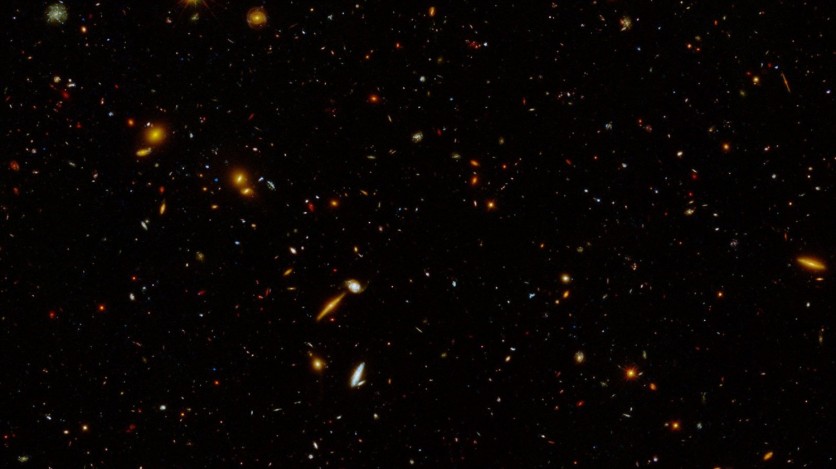Are these huge candles in space? Or are they just 5,000 ancient galaxies glowing in space?
NASA's Hubble Space Telescope has had its fair share of seeing galactic wonders throughout the years, and this newly published image is certainly one of them.

The photograph highlights thousands of distant and ancient galaxies in various shapes, sizes, and colors glowing like candles through infrared light.
As noted by Space.com, the most ancient galaxies found in the photo are around 13 billion years old and were believed to be formed a hundred million years after the Big Bang explosion.
Chemicals Brimming In Galaxies
Thanks to ultraviolet light technology, scientists can easily determine the chemicals brimming in these galaxies.
Knowing the chemicals of these galaxies serve as crucial information for understanding how galaxies develop and evolve. However, Space.com noted that this strategy has a flaw because the primordial UV light is absorbed before it can reach humans.
However, astronomers can examine a large number of galaxies that are only 11 billion years old. Hence, astronomers employed the capabilities of the Hubble Space Telescope to assist in the creation of this wondrous image containing thousands of old galaxies.
UVCANDELS is a recent survey that produced this image. Hubble spotted around 140,000 galaxies throughout about ten days of observation, and several galaxies were seen from a variety of perspectives in this newly-released image.
Xin Wang, the astronomer who presented the findings at the American Astronomical Society conference in California on June 14, said that the new image provides a fresh perspective into current star formations occurring in near and far galaxies.
SUVCANDELS is a follow-up to CANDELS, a survey that looked at infrared and redder visible light. Hubble used ultraviolet and purpler visible light to retrace the regions of the sky that CANDELS investigated, including the Extended Groth Strip in the newly released image. Scientists developed this new picture by blending layers from both investigations.
According to Space.com, these surveys allow scientists to gaze back on the reionization era of the early cosmos. The very first light beams began to penetrate the cosmic curtain during this epoch, which was set off by the birth of the first galaxies, marking the end of the universe's "dark age."
The so-called dark age of the universe began about 400,000 years after the Big Bang and stayed that way for hundreds of millions of years, marking the very last time when space was truly empty, which meant no stars, planets, or galaxies, and life.
Named after the trailblazing astronomer Edwin Hubble, the Hubble Space Telescope has been capturing wonders in space since it was launched and deployed by the space shuttle Discovery in 1990.
Check out Tech Times' recap of the best Hubble captures for May 2022!
Related Article : NASA's Hubble Space Telescope Snaps Haunting Dance of Two Galaxies Linked by Stream of a Dead Galaxy
This article is owned by Tech Times
Written by Joaquin Victor Tacla
ⓒ 2025 TECHTIMES.com All rights reserved. Do not reproduce without permission.




